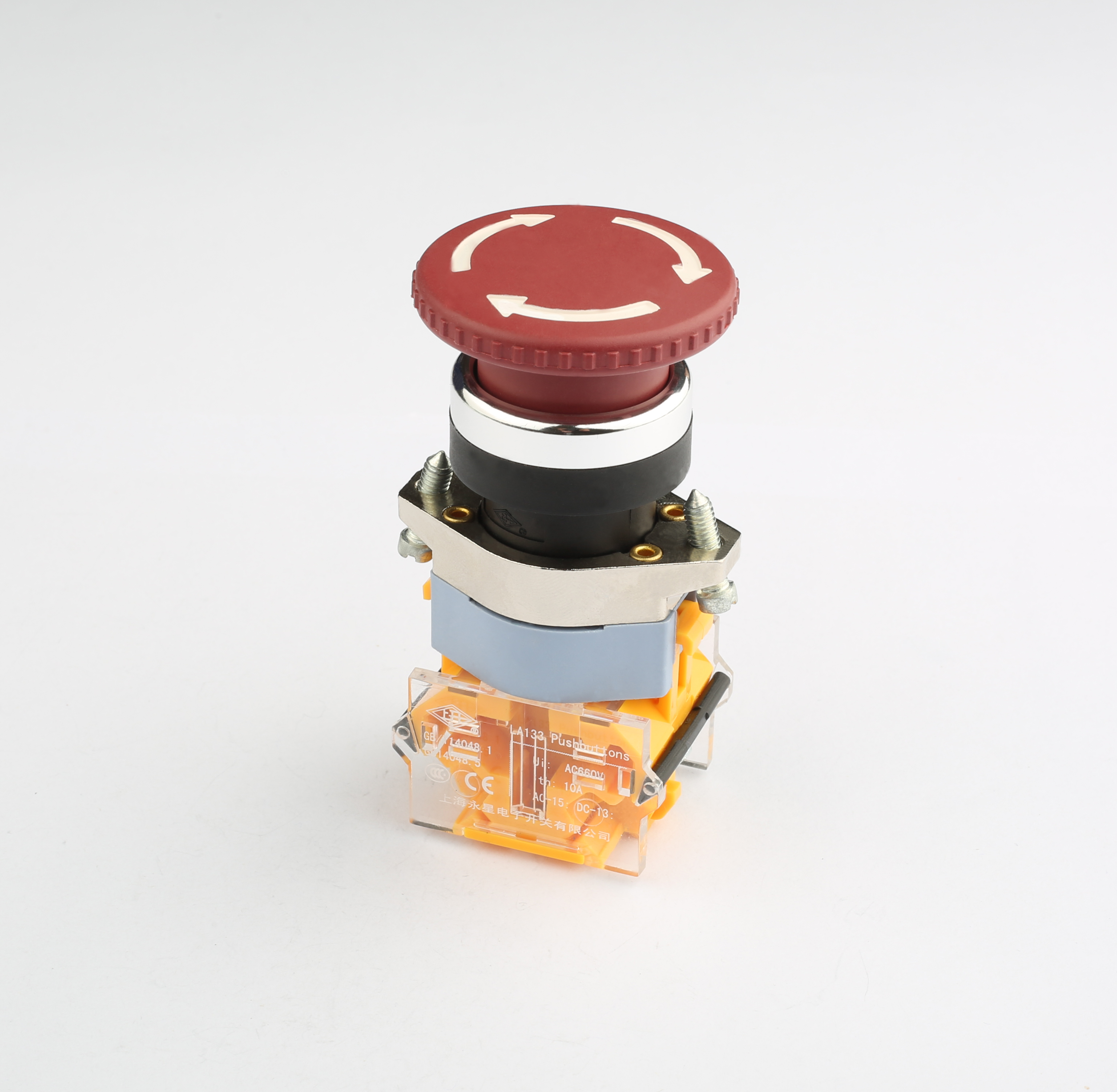As a core component of industrial safety, emergency stop switches (E-stops) are applied across the entire lifecycle of equipment safety management. Below are six key scenarios for their use:
Emergency Shutdown
When machinery malfunctions, poses imminent hazards, or threatens the safety of operators or the surrounding environment, personnel must immediately press the E-stop to cut off power, ensuring instantaneous equipment shutdown. This minimizes damage and prevents potential injuries.
Maintenance and Repair
Before performing repairs, maintenance, or adjustments, operators must activate the E-stop to fully de-energize the equipment and lock it in a safe state until work is completed. This prevents accidental restarts and associated risks.
Preventing Accidental Restarts
E-stops are designed to require deliberate actions (e.g., twist-to-release mechanisms) to reset the system, rather than a simple button press. This prevents panic-induced or erroneous reactivation, reducing the risk of secondary injuries caused by improper restarts.
Training and Demonstrations
In educational or training environments, E-stops serve as teaching tools to demonstrate proper emergency response protocols, reinforcing safety awareness among trainees.
Emergency Response
During incidents such as fires, leaks, or structural failures, personnel can use E-stops to swiftly cut power sources, initiate evacuation procedures, and ensure the safety of all individuals on-site.
Intervention in Automated Systems
In complex automated production lines with multi-layered safety systems, E-stops act as the final safeguard. They enable manual intervention to halt entire operations when software/hardware failures render standard safety mechanisms ineffective.
